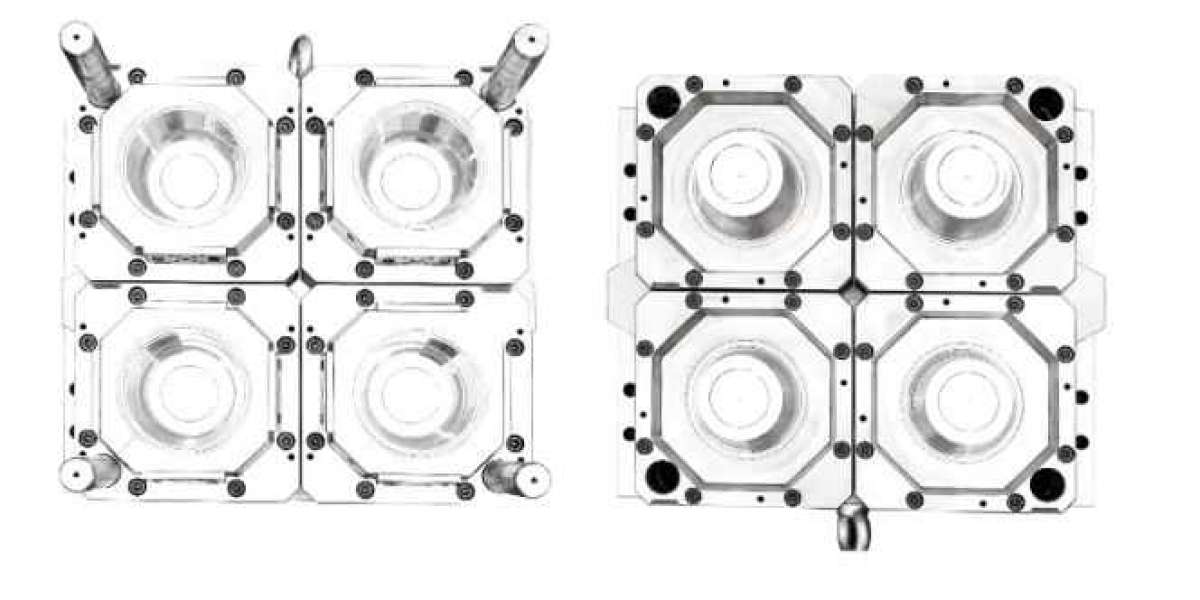The manufacturing process of container molds begins with precise design. At this stage, designers use CAD (computer-aided design) software to draw a three-dimensional model of the mold based on the customer's needs and product characteristics. This procedure not only requires high precision, but also fully considers the durability, maintainability, and production cost of the mold.
After the design is completed, strict simulation testing is required to ensure that the performance of the mold in actual production meets expectations. The design of container molds is a great embodiment of this concept. They not only come in various shapes to meet different usage needs but also demonstrate the ingenuity and ingenuity of the design in the details.
The selection of materials is another crucial step in the container mold manufacturing process. High-quality mold materials not only ensure the durability and accuracy of molds but also improve the production efficiency and quality of products to a certain extent.
Therefore, in the material preparation stage, engineers will carefully select suitable materials based on the usage environment, working conditions, and cost budget of container molds, such as high-strength alloy steel, high-quality aluminum alloy, or special composite materials. The selection of these materials not only affects the performance of the mold but also directly impacts the market competitiveness of the final product.
Processing and shaping are important steps in the manufacturing process of container molds. At this stage, the carefully designed mold drawings will be transformed into entities. Modern manufacturing technologies, such as CNC (Computer Numerical Control) machining, electrical discharge machining, laser cutting, etc., play a crucial role in this process.
They greatly improve machining accuracy and efficiency and also make it possible to manufacture molds with complex shapes. Through these high-precision processing methods, the various components of container molds are accurately formed, laying a solid foundation for subsequent assembly and debugging.
Post-processing is the final step in the container mold manufacturing process, but it should not be underestimated. This step includes polishing, heat treatment, rust prevention treatment, etc. on the surface of the mold, aiming to further improve the durability, aesthetics, and service life of the mold.








